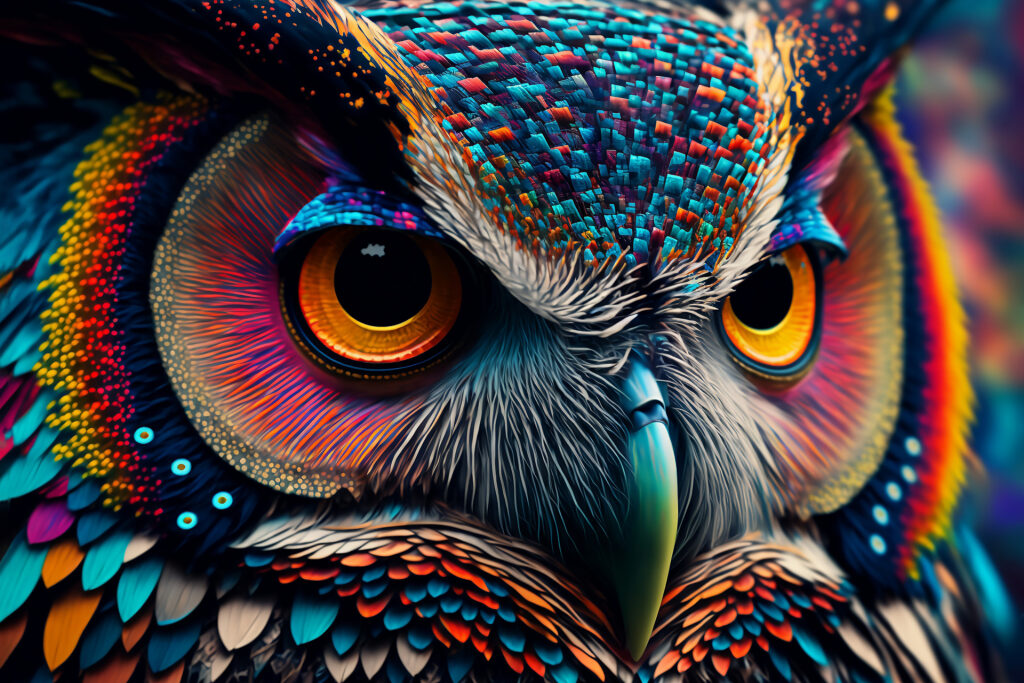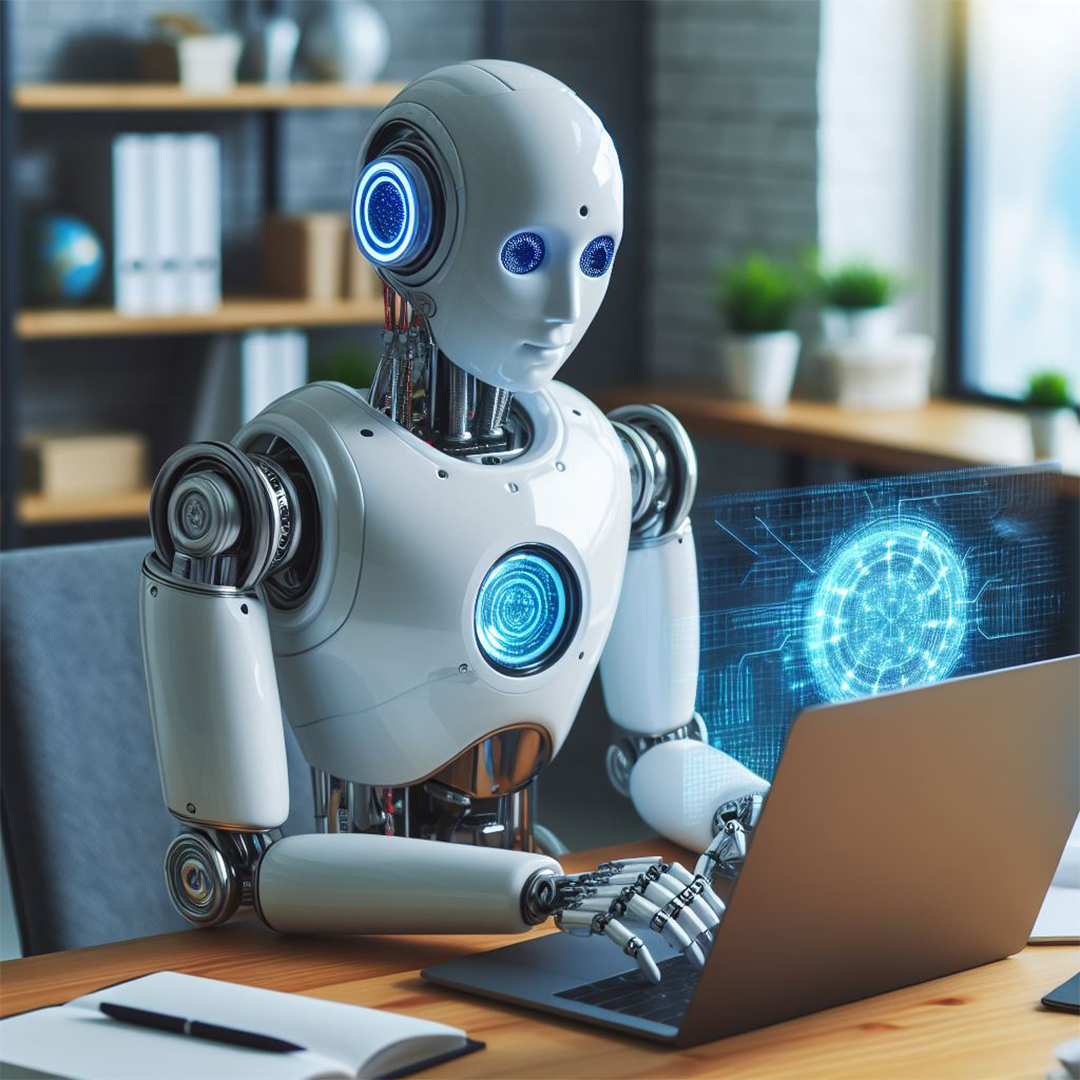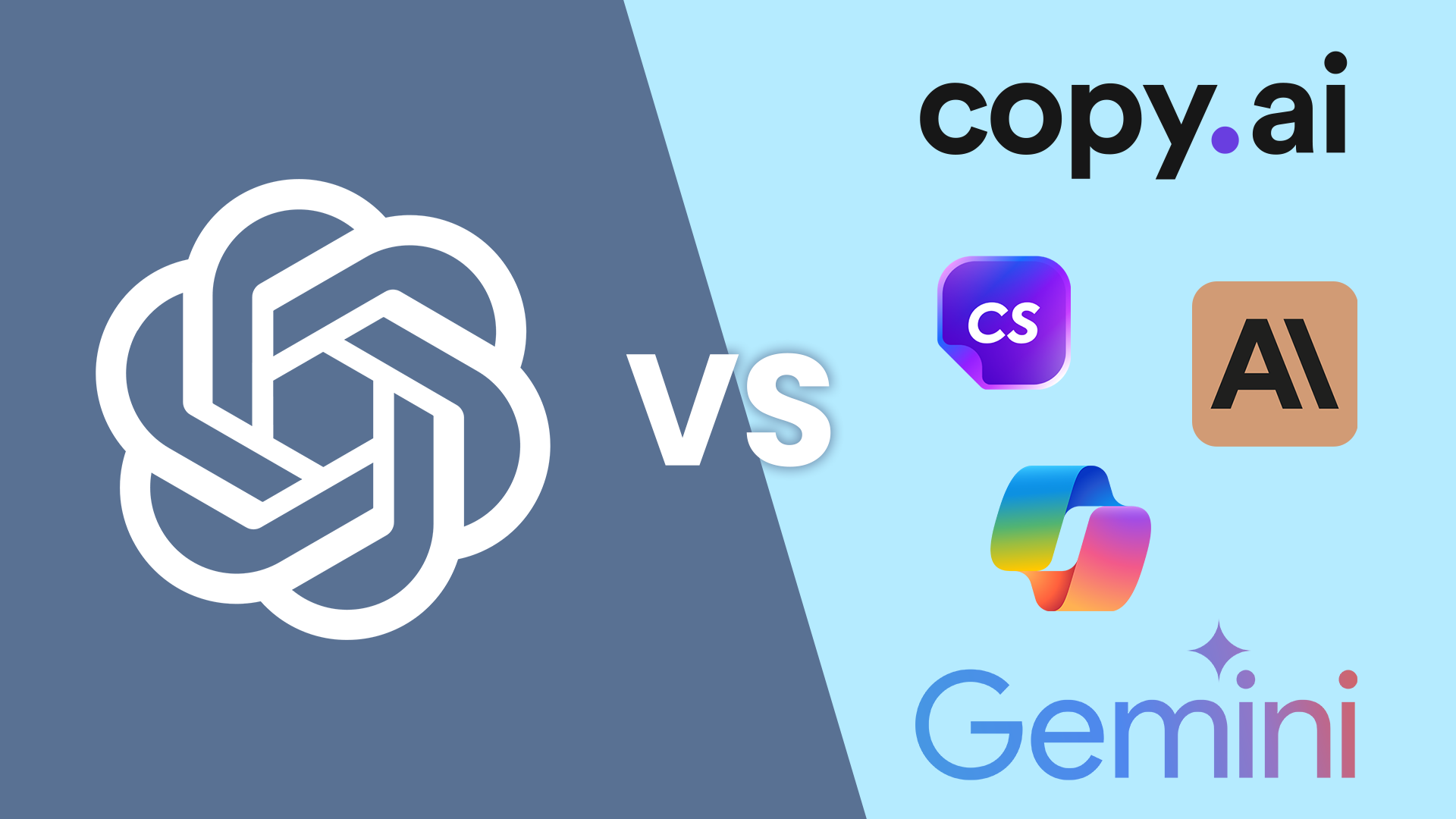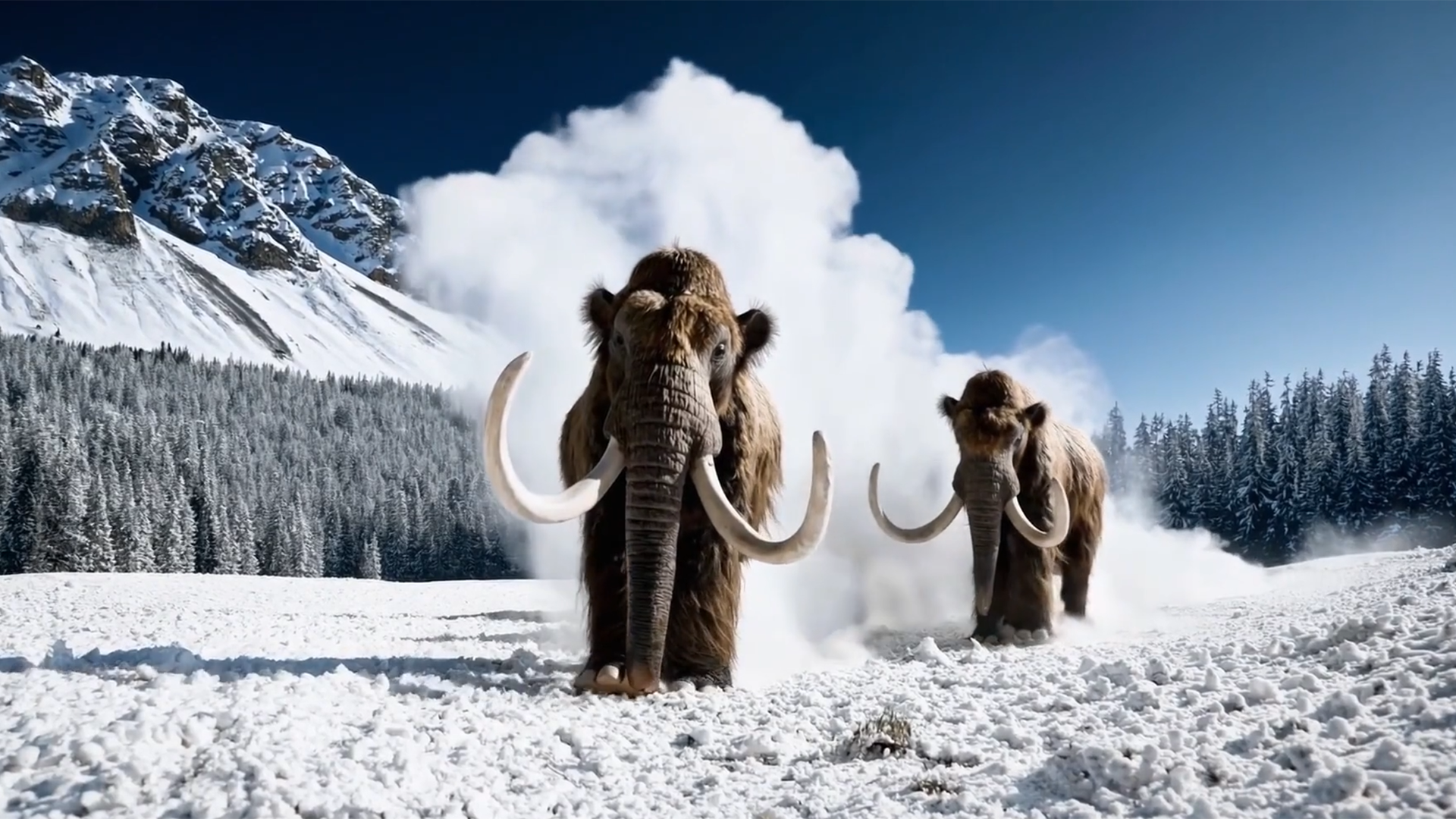In the realm of creativity, the advent of artificial intelligence has ushered in a new era teeming with possibilities. Generative AI-powered tools like DALL-E 2 and ChatGPT have showcased their ability to generate captivating artworks, pushing the boundaries of what we once thought achievable. These innovations not only promise to simplify our lives and automate mundane tasks but also unlock new horizons for creative expression. Yet, beneath this mesmerizing canvas lies a complex ethical dilemma that revolves around the ethics of AI training and its implications in AI-generated art.
Table of Contents
Understanding Generative AI Training
To comprehend the ethical quandaries surrounding AI-generated art, it is crucial to first grasp how AI training, specifically Generative AI training, operates. Generative AI, such as DALL-E 2, relies on vast datasets to learn and generate content. These datasets often comprise images, texts, or other forms of data gathered from the internet or various sources. During the training process, the AI system analyzes these datasets, identifying patterns and learning to generate content that resembles the data it was trained on.
The underlying mechanism of Generative AI training raises questions about data sourcing, consent, and fairness. The datasets used for training can include works created by artists, writers, and photographers, sometimes without their knowledge or explicit consent. This leads us into the ethical terrain of AI-generated art.

The Ethical Concerns Surrounding AI-Generated Art
As we delve deeper into the world of AI-generated art, we encounter concerns voiced by artists who feel their creative work is at risk in this new era. Traditional copyright laws and intellectual property frameworks struggle to address the ethical nuances of AI-generated art, creating a vacuum where ethical considerations become paramount.
Many artists argue that their original works have been ‘scraped’ from the internet to train AI engines, which are now producing derivative artworks. This raises valid concerns about compensation and control. Artists believe they should have the autonomy to dictate how their work is used and, rightfully so, receive fair compensation for its utilization.
Prominent advocates for artists’ rights, like Eva Toorent, founder of the European Guild for Artificial Intelligence Regulation (EGAIR), assert that AI companies should obtain artists’ opt-in consent before using their work to train algorithms for creating other works. In her words, “If I’m the owner, I should decide what happens to my art.”
Copyright breaches have also emerged as a significant issue, with cases such as Getty Images alleging that its proprietary photographs were used without permission to train AI tools. The crux of the matter is that existing intellectual property and creative rights frameworks are ill-prepared to safeguard artists’ interests in the AI era.
Potential Ethical Solutions
Addressing these ethical concerns necessitates thoughtful solutions. One proposal is to make opt-in consent the standard practice for AI companies, ensuring artists have control over their work’s usage during AI training. Legal frameworks must evolve to accommodate the unique ethical challenges posed by AI-generated art, striking a balance between innovation and artists’ ethical rights.
One central point of contention is distinguishing between human and AI creativity. While some argue that AI merely draws inspiration from existing human art, it’s essential to acknowledge that AI lacks the human touch, unable to infuse its creations with truly new or original qualities.
Moreover, the argument that obtaining permission for every piece of training data isn’t practical can be countered by examples like Adobe, which exclusively trains its AI on images it owns the rights to, even indemnifying customers against future claims. Technology, particularly blockchain, may offer ethical solutions for automating fair compensation to artists.
Ethical Dilemmas in AI-Generated Art
Beyond the legal and practical aspects, AI-generated art has stirred profound ethical dilemmas. For instance, musicians often deny permission for their music to be used at political rallies. AI’s ability to replicate these styles raises ethical concerns about moral objections and artistic intent.
As legislative changes and ethical debates loom on the horizon, we find ourselves in uncharted territory at the intersection of art and technology. Striking a balance that respects artists’ ethical rights, fosters innovation, and aligns with societal values will require grappling with core ethical questions about AI’s role in our creative landscape.
Conclusion
In navigating the intricate landscape of AI-generated art and the ethical challenges posed by Generative AI training, it’s clear that we stand on the brink of a transformative era. The potential benefits of AI are undeniable, offering simplicity, efficiency, and newfound creative avenues. However, we must navigate these waters carefully, respecting artists’ ethical rights and fostering ethical innovation.
The complexity of this issue necessitates ongoing dialogue, adaptation of ethical frameworks, and careful ethical considerations. As we venture forward, the uncharted territory of AI art beckons, promising a future where creativity and technology coexist harmoniously, ultimately benefiting us all and upholding the highest ethical standards.
Do you want your company to be on the cutting edge of technology, and achieve business success? Let NPEC help get you there.




